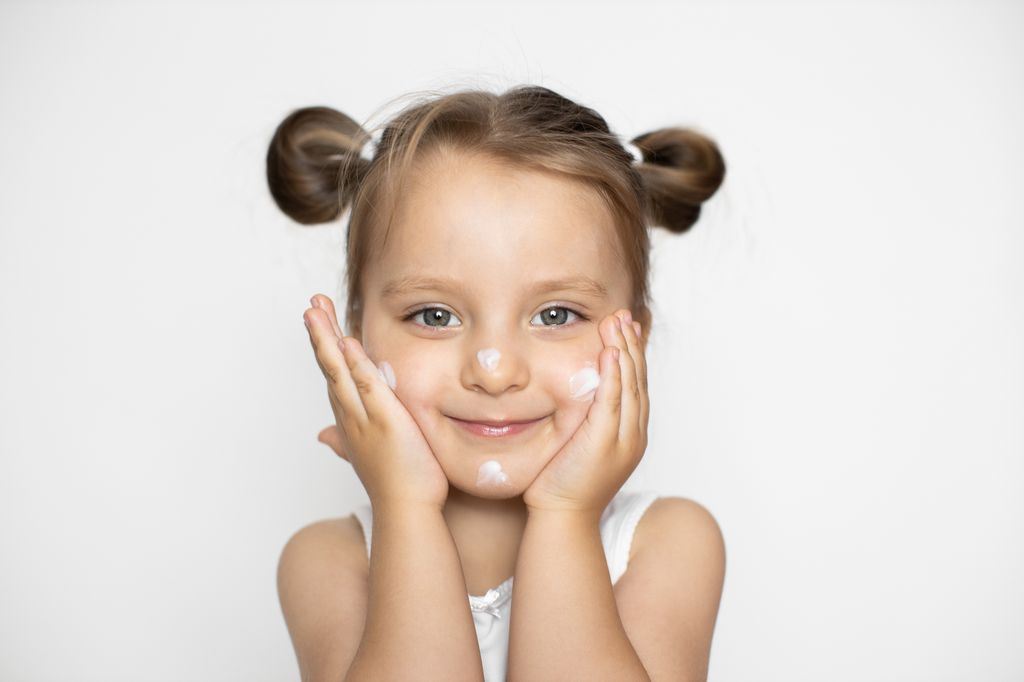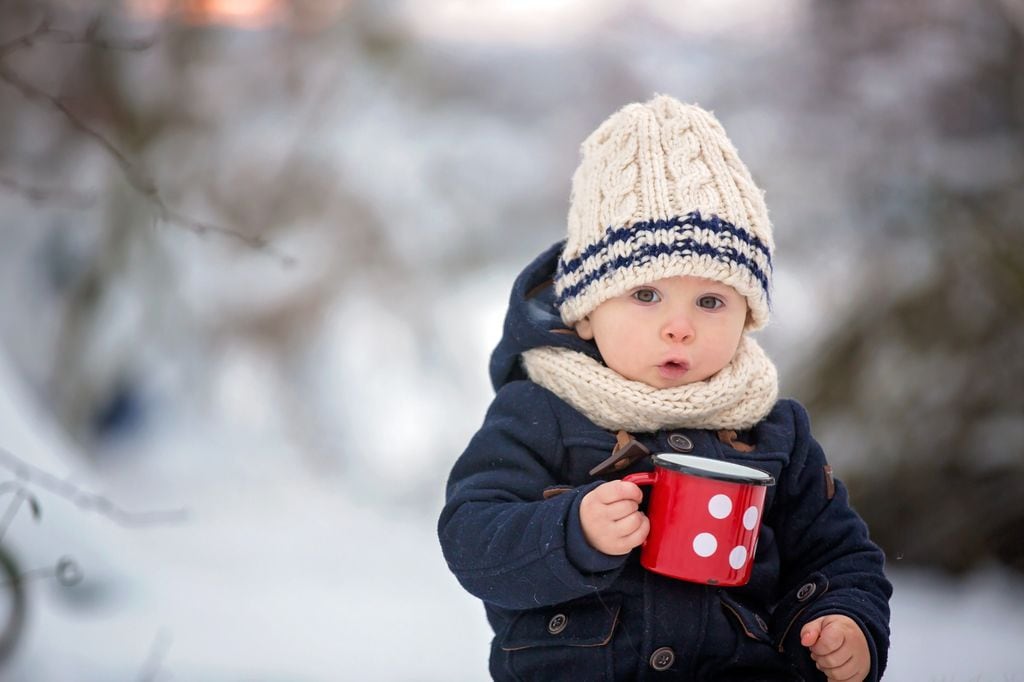We are increasingly aware of the importance of protecting a child’s skin from the sun’s rays, but when the thermometer drops, a series of specific care is also needed to avoid other problems.
The Dr. Violeta Bittermann is a pediatrician at the Gynaikos center in Barcelona (www.gynaikos.com). She tells us about the guidelines to take into account to protect children and adolescents from the coldest temperatures.
Dry skin is especially vulnerable to the cold because it has a weaker protective barrier.
How does the cold affect the skin?
The cold can also affect the skin, causing dehydration and reducing sebum production, which makes that protective barrier less effective. So, dryness occurs that can have consequences.
Likewise, “low temperatures cause a contraction of the blood vessels, so-called vasoconstriction, reducing the flow of oxygen and nutrients that the blood carries to the skin,” warns the expert. When wind is added to the cold, the skin can become irritated, red and more sensitive. “In time, dehydration leads to peeling, the skin becomes cracked due to loss of moisture,” duck.
The skin most vulnerable to cold is dry skin, sensitive skin and skin with atopic dermatitis. This is how the pediatrician explains it: “Dry skin is especially vulnerable because it already has a weaker protective barrier and tends to dehydrate more easily, especially if we do not apply creams frequently.”
For its part, sensitive skin can react to the cold by turning red and irritated. As to Atopic dermatitis, “is a condition that can worsen with the cold, causing flare-ups and increased irritation and, in extraordinary cases, wounds and superinfection on the wounds.
Basic protection of the child’s skin against the cold
Regardless of the temperature, baby’s skin is very delicate and therefore requires special care. If we talk about cold, the basic protection of the skin will be “keep her hydrated with specific creams for babies and avoid sudden changes in temperature,” as indicated by Dr. Violeta Bittermann.
“The part of the body that suffers the most is the face, since it cannot be well protected with clothing. The hands are another area that, if not covered with clothing, needs to be hydrated and avoid sudden changes in temperature,” he emphasizes. .
When we talk about children, it is important that they wear appropriate clothing that keeps them warm, but without causing excessive sweating. “Protecting areas exposed to cold temperatures and wind is recommended with scarves and hats made of soft materials, so as not to damage and irritate the skin,” he advises. In this sense, it would be necessary wear clothes made with soft and natural materials such as cotton, merino wool or hypoallergenic synthetic fibers. “Cotton is soft and allows for breathability. Merino wool is above all warm and less irritating than regular wool and as for synthetic fibers, there are so-called hypoallergenic ones, such as soft polyester, which does not irritate the skin,” he highlights. the expert
Also at this age, hydration is still very important, and you should apply a moisturizing cream after bathing to maintain skin moisture. This recommendation also includes adolescents, who should use moisturizers depending on their skin type (whether or not they have acne and if it is more or less oily)and ensure that the clothing allows adequate perspiration and is made of a material that is not irritating, but warm.
Mistakes that should not be made when caring for a child’s skin in cold weather
There are a series of mistakes that should be avoided so that the child’s skin is as healthy as possible in the less warm months. They are the following, as detailed by Dr. Violeta Bittermann:
- Use very hot water for the bath. As the outside temperature is lower, there is a risk of putting the water at a higher temperature, but it is not advisable to do so, as “it can dehydrate the skin even more,” he says. It is better to regulate the room temperature, using heating if necessary, but not increase the water temperature.
- Do not apply cream after bathing. To prevent them from getting cold, many times when the child leaves the bathroom they are dressed immediately and this means stopping the moisturizing cream that they need so much in these months. It is also the way to retain moisture.
- Overdress. It must be protected from the cold, but allowing the skin to breathe. When a child is overdressed, he or she sweats, and this “makes the skin irritation worse.”
In short, it is about protecting children against dryness and extreme dryness, which is what causes peeling and cracks, irritation and eczema and “also, premature aging of the skin,” as indicated by the pediatrician.


